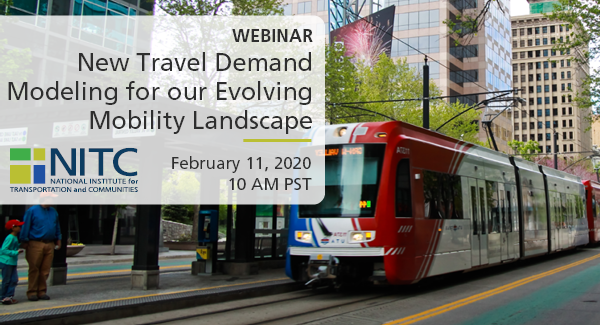The video begins at 4:30.
The San Francisco Bay Area, like other metropolitan regions in California, is in the process of developing regional plans to reduce greenhouse gas emissions in response to state legislation that sets targets for such reduction, and prescribes that Metropolitan Planning Organizations develop Sustainable Communities Strategies that leverage changes in land use patterns in combination with transportation investments, that will meet those targets. This talk describes the land use modeling that is being used, in combination with the activity-based transportation model system at the Metropolitan Transportation Commission, to analyze alternative combinations of land use policies and transportation policies. It also will demonstrate visualization technology that has been developed to facilitate community engagement in the process
Speaker Bio: Paul Waddell is Professor and Chair of the City and Regional Planning Department at the University of California, Berkeley. He teaches and conducts research on land use and transportation modeling and planning. He designed and leads the development of the UrbanSim land use modeling platform, now being used in metropolitan planning organizations across the U.S., and in research projects throughout the world.

